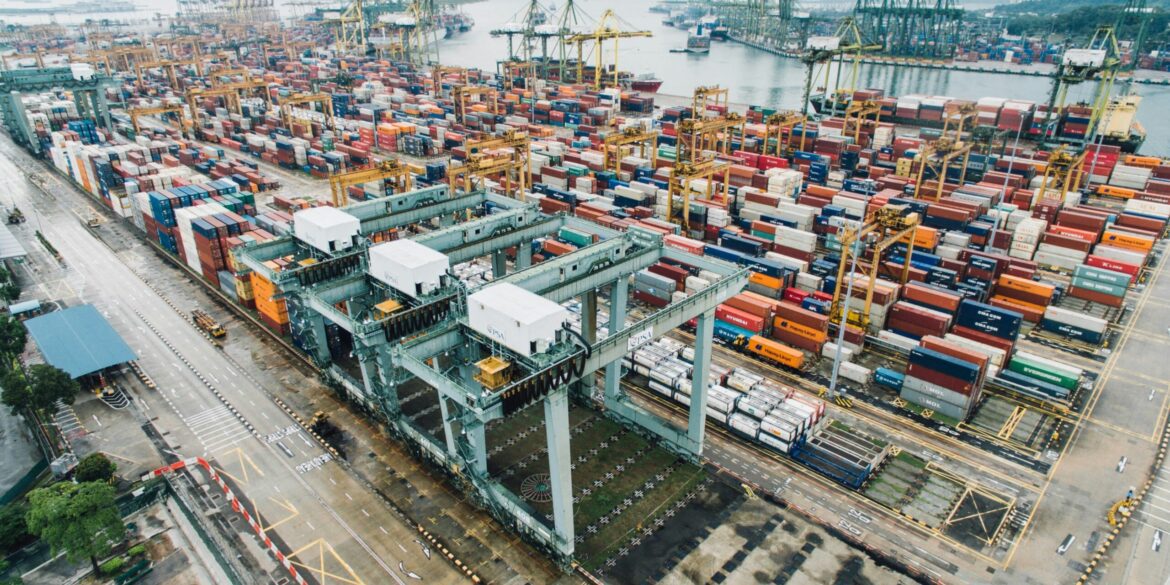On August 7, 2025, the United States enacted updated import tariff rates and regulations, marking a significant shift in the nation’s trade policy. These new measures, which include a 40% duty on goods transshipped to evade existing tariffs, are part of a broader strategy to address ongoing trade imbalances and strengthen enforcement of trade rules. The United States has long faced large and persistent annual goods trade deficits, and these changes are seen as a response to mounting pressure for a more assertive approach to foreign trade.
The updated tariffs are poised to have far-reaching effects on various industries across the country. Manufacturing, agriculture, and technology sectors will likely experience the most immediate impact, as companies navigate the changes and adjust their operations to accommodate the new import costs. One of the most notable consequences of these updated tariffs is the rise in the U.S. average effective tariff rate, which has now reached over 17%. This is the highest level seen since the Great Depression, as reported by a Yale research lab. This increase underscores the seriousness of the U.S. government’s stance on reducing the trade deficit and addressing perceived unfair trade practices.
Businesses, particularly those involved in international trade, will need to reassess their cost projections and pricing strategies to adapt to these tariff hikes. Industries that rely heavily on imported goods or raw materials may face increased production costs, which could, in turn, lead to higher prices for consumers. To ensure smooth compliance with the new rules and avoid potential penalties, companies are advised to consult with customs brokers and legal experts who specialize in international trade. These professionals can assist in making sure all imports meet the updated filing and reporting requirements, avoiding costly delays and ensuring that businesses remain in good standing with U.S. Customs and Border Protection.
The U.S. government has indicated that these tariff adjustments are part of a broader, long-term plan to secure fairer trade deals and reduce the growing trade imbalance. However, there are concerns about the potential for retaliatory tariffs from trading partners, which could lead to a cycle of escalating trade tensions. This could affect global supply chains, potentially disrupting the flow of goods and raising costs for both businesses and consumers worldwide.
The full impact of these new tariff rates will unfold over time, but businesses that rely on international trade are already adjusting their strategies in anticipation of the changes. With the effective tariff rate now at levels not seen since the Great Depression, the U.S. has signaled its intent to take a much firmer stance in its trade policies, and industries across the board will need to be prepared for a shift in how goods are imported and priced.
For more detailed information on the updated tariff rates and their potential effects, businesses are encouraged to visit the official U.S. Customs and Border Protection website, which will provide the most up-to-date resources and guidance for navigating these changes.

